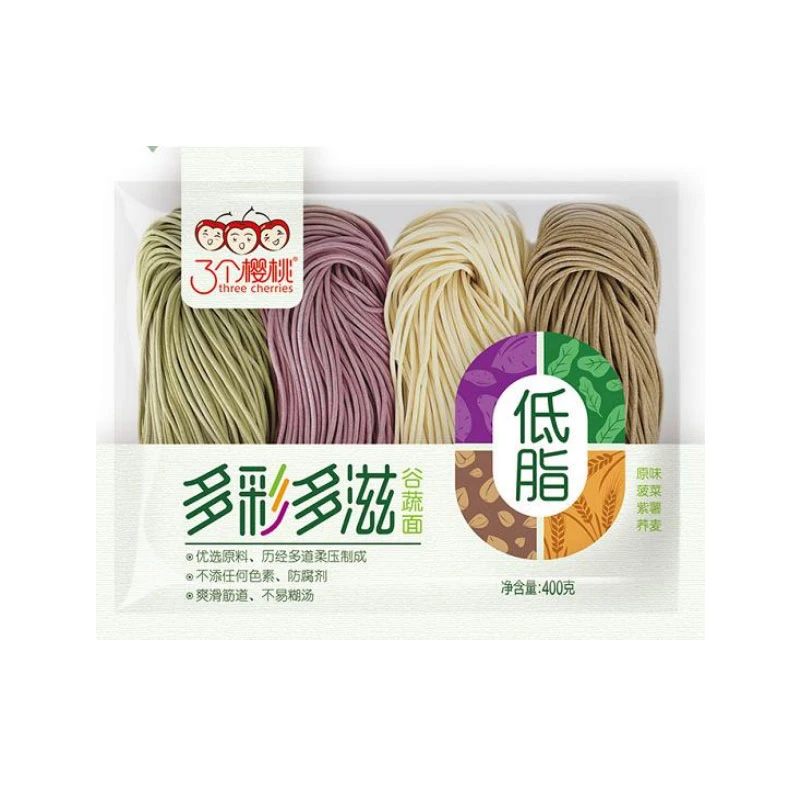udon
Udon A Journey into Japan's Beloved Noodle
Udon, a thick, chewy noodle made from wheat flour, holds a cherished place in Japanese cuisine. With its roots dating back to the Heian period (794-1185), udon has evolved over centuries, reflecting Japan's rich culinary history and regional diversity. Whether enjoyed in a hearty soup, stir-fried, or in a chilled salad, udon is versatile and can adapt to various flavors and ingredients.
The making of udon is an art form in itself. The primary ingredients include wheat flour, water, and salt. The process begins by mixing the flour with water and salt to create a dough. This dough is then kneaded vigorously, a process that can take quite some time. Kneading is not just about combining the ingredients; it also develops gluten, which gives udon its characteristic chewy texture. After kneading, the dough is rolled out into a thick sheet and allowed to rest, allowing the gluten to relax. Finally, it is cut into thick strands that are either cooked immediately or dried for later use.
One of the most popular ways to enjoy udon is in a warm broth. A simple yet classic dish is “Kake Udon,” which consists of udon noodles served in a soy-based dashi broth, garnished with green onions, and sometimes accompanied by tempura or other side dishes. The broth is usually made from a combination of kombu (kelp) and bonito flakes, giving it a deep umami flavor that perfectly complements the noodles.
udon

Each region of Japan has its own unique spin on udon, demonstrating the noodle’s adaptability
. For instance, in Kagawa Prefecture, known as the “Udon Prefecture,” you’ll find “Sanuki Udon,” characterized by its firm and bouncy texture. Locals happily gather in udon shops to slurp on these noodles served cold or hot, often paired with tempura. Meanwhile, in Osaka, “Yaki Udon,” a stir-fried dish, incorporates a variety of vegetables and proteins, reflecting the city's vibrant culinary scene.Udon is not just confined to traditional dishes; chefs around the world have begun to experiment with udon, incorporating global flavors and fusion elements. In some restaurants, you may encounter curry udon, where the noodles are coated in a rich and spicy curry sauce, or even udon used in a mac and cheese-style dish with gooey cheese and savory toppings.
Beyond its delightful taste, udon also carries a cultural significance. In Japan, it is often associated with comfort and simplicity, making it a popular choice during cold weather or times of emotional distress. Moreover, the act of making udon from scratch is frequently a family activity, bringing together generations to bond over food.
In conclusion, udon is more than just a noodle; it's a dish steeped in history and tradition. It represents the heart of Japanese cuisine, showcasing the simplicity and depth of flavor that can be achieved with just a few ingredients. Whether you savor it in a traditional setting or experience its modern interpretations, udon promises a comforting and satisfying culinary experience. So the next time you find yourself at an eatery offering this delightful noodle, take a moment to appreciate its journey through history and the many hands that have shaped its existence.
-
Unleash Your Inner Chef with Delectable Italian Pasta CreationsNewsAug.01,2025
-
Savor Health and Flavor: Irresistible Soba Noodles for Sale Await!NewsAug.01,2025
-
Nourish Your Body with Premium Organic Ramen - A Culinary Delight AwaitsNewsAug.01,2025
-
Elevate Your Dishes with Our Exquisite Kinds of Egg NoodlesNewsAug.01,2025
-
Dive into Flavorful Convenience with Our Ramen OfferingsNewsAug.01,2025
-
Discover Exquisite Types of Naengmyeon and Chilled Soba NoodlesNewsAug.01,2025
-
Is Whole Wheat Pasta Healthy?NewsMay.30,2025
Browse qua the following product new the we

















































































































